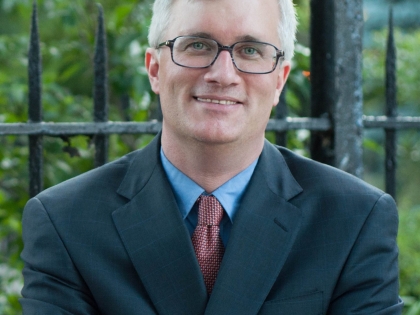
Brooklyn Paper: A Change They Believe In: Cuomo Must Add Faster BQE Fix to Budget, Pols Say

He has to budge on his budget.
Gov. Cuomo must revise his recently unveiled budget so it includes authorization for a process to speed up the city-led reconstruction of a crumbling section of the Brooklyn–Queens Expressway in Brooklyn Heights, a contingent of pols demanded.
Cuomo’s current budget does not include a provision allowing for design-build — which advocates say will streamline the restoration of the roadway’s triple cantilever by soliciting a single bid for its design and construction instead of separate proposals for each — and the local leaders are requesting a revision before it’s too late.
“We all know this is something needed, we believe the governor is a proponent of this, so we don’t quite understand why it didn’t make its way into his initial budget proposal,” said Assemblywoman Jo Anne Simon (D–Brooklyn Heights). “I’m disappointed.”
Simon and more than a dozen state lawmakers penned Cuomo a letter urging him to include design-build in his budget before he released it on Jan. 16.
And now that his first draft is out, the governor has 30 days from that date to amend it before the Assembly and state Senate start preparing their own versions, which will be used with Cuomo’s to create a final budget that the state’s Commander in Chief must sign by April 1.
Another pol fighting for design-build said he has no plans to back down, and remains optimistic the state will do the right thing.
“I’m committed to working with my colleagues to continue to make the case for design-build. This streamlined process would save taxpayer dollars and shorten the project’s timeline,” said state Sen. Brian Kavanagh (D–Brooklyn Heights), who also signed his name on the letter to Cuomo.
The city’s Department of Transportation is spending $1.9 billion to repair the decrepit triple cantilever that runs from Atlantic Avenue to Sands Street, and agency honchos recently warned residents that they may have to boot thousands of big-rigs from the expressway and send them down local streets if it is not fixed by 2026.
The current timeline for the 70-year-old span’s restoration begins in 2024 and ends in 2029. But Simon and other design-build advocates say the process would cut about $113 million from the job’s total cost and accelerate work by about three years, allowing it to start in 2021 and finish in 2026 — before the expressway crumbles beneath the weight of passing trucks.
“The scenario nobody wants is for this to be delayed so much so that trucks have to be banned, the city is sort of counting backwards in the calendar to ensure they get this going,” Simon said.
And there’s still a chance that state lawmakers will approve design-build through the typical legislative process if it doesn’t get slipped into the budget, but that possibility is less likely while Albany is laser focused on its financial agenda, the assemblywoman said.
“The most effective way to get this done is through the budget,” she said. “We’ll certainly encourage Cuomo to amend his.”
The governor signed off on design-build for several state-run projects, including the construction of the new Kosciuszko Bridge, and supports its use, according to a spokesman, who said Cuomo is willing to discuss giving city officials the authority to incorporate the process in the Brooklyn–Queens Expressway’s reconstruction.
“He is the single biggest proponent of expanding design-build because it saves time and taxpayer money on major infrastructure projects,” said Peter Ajemian. “His budget proposal includes design-build for state agencies to fund the state’s capital plan, and we will have discussions with the legislature about expanding it to all local governments.”
Reach reporter Julianne Cuba at (718) 260–4577 or by e-mail at jcuba@cnglocal.com. Follow her on Twitter @julcuba.
